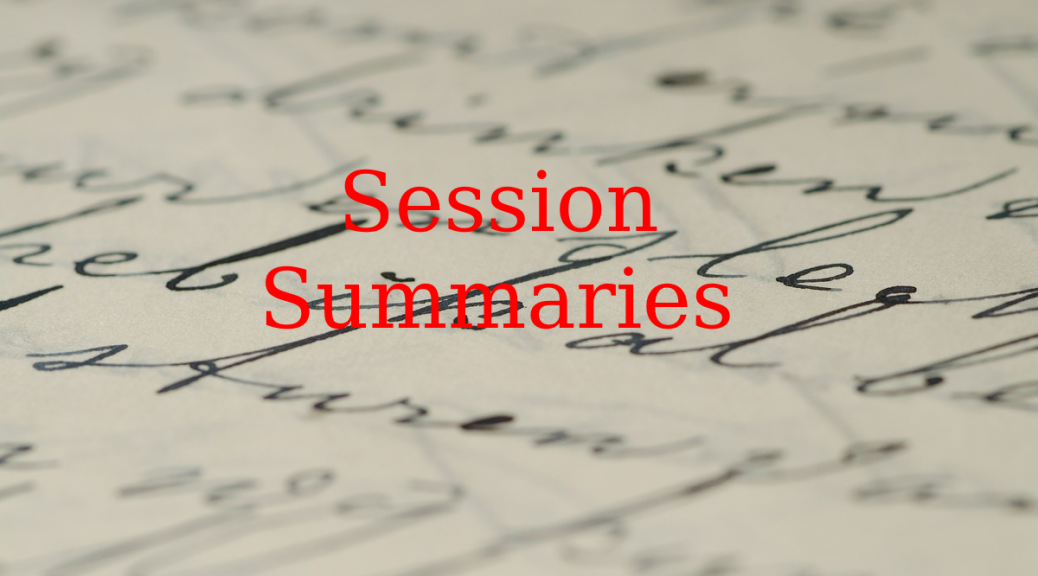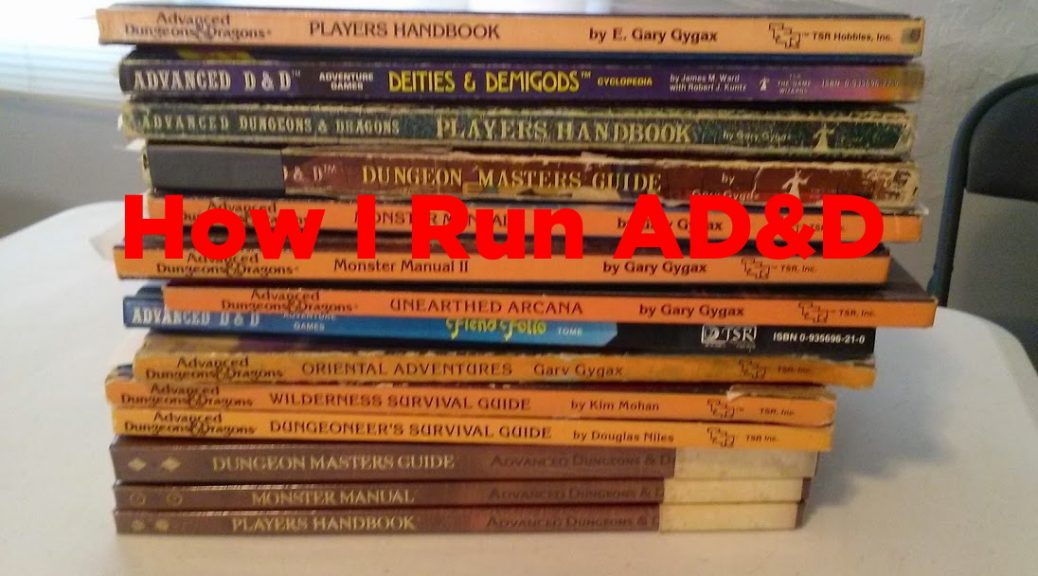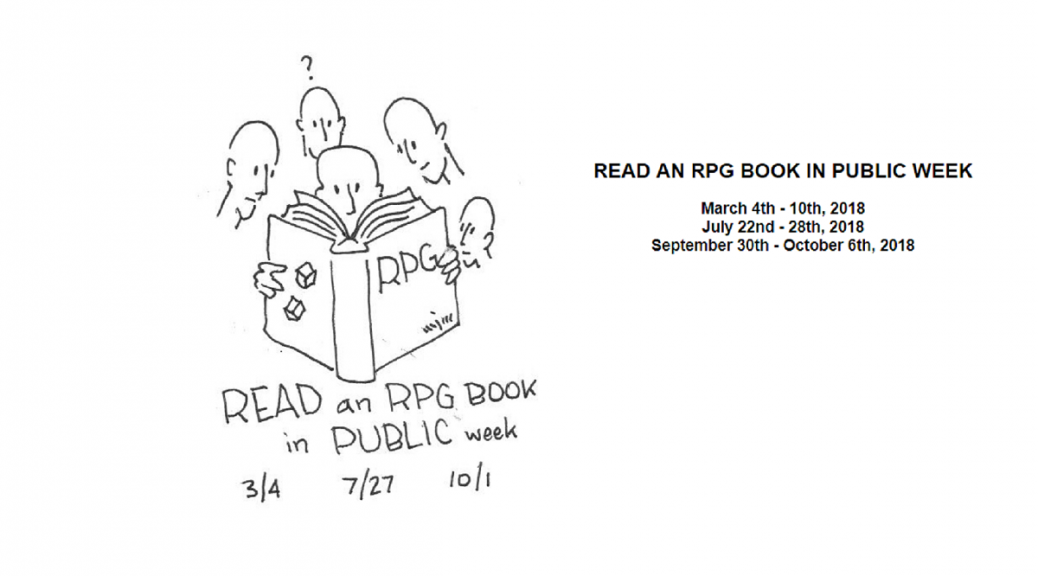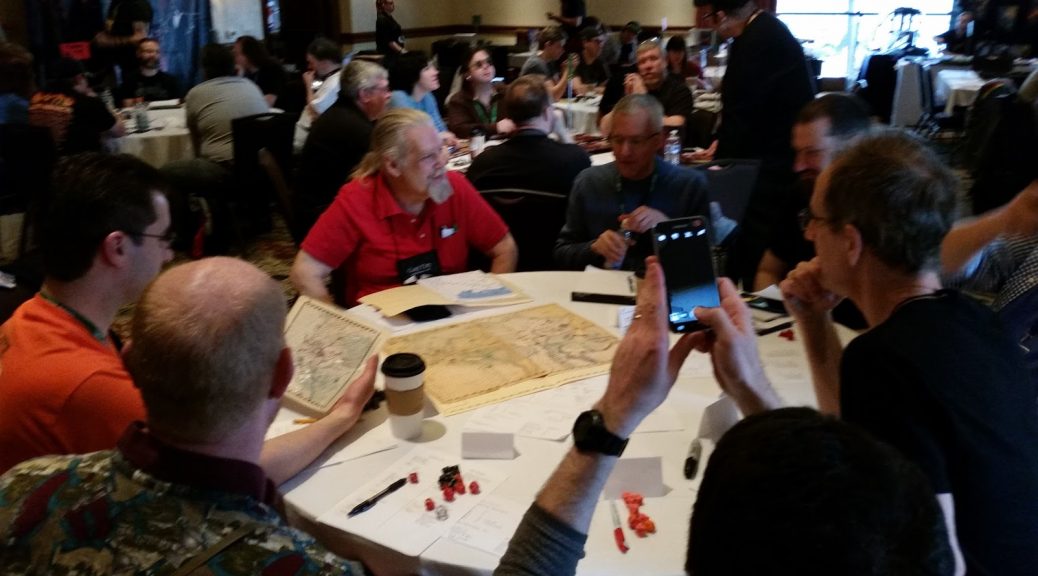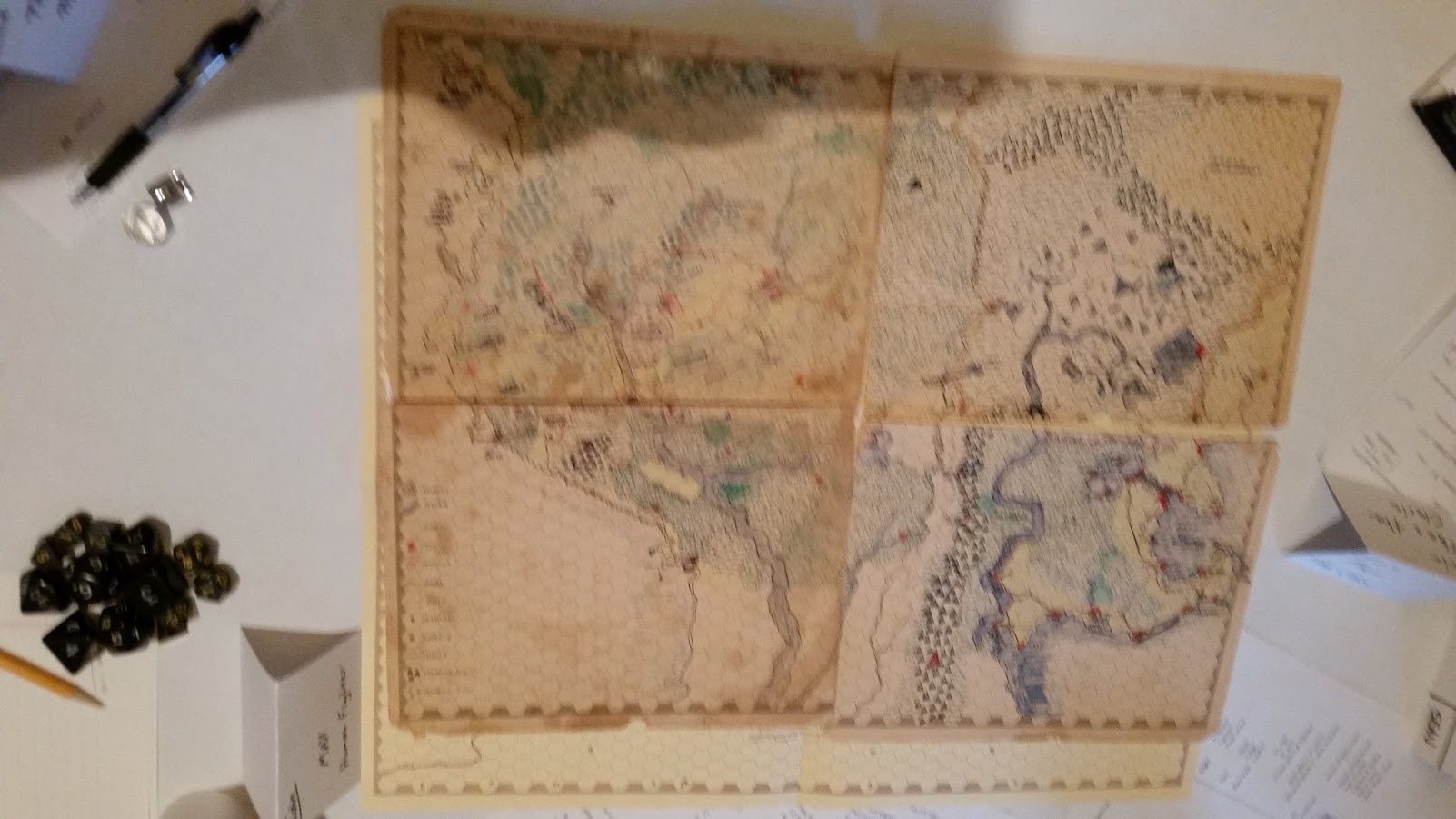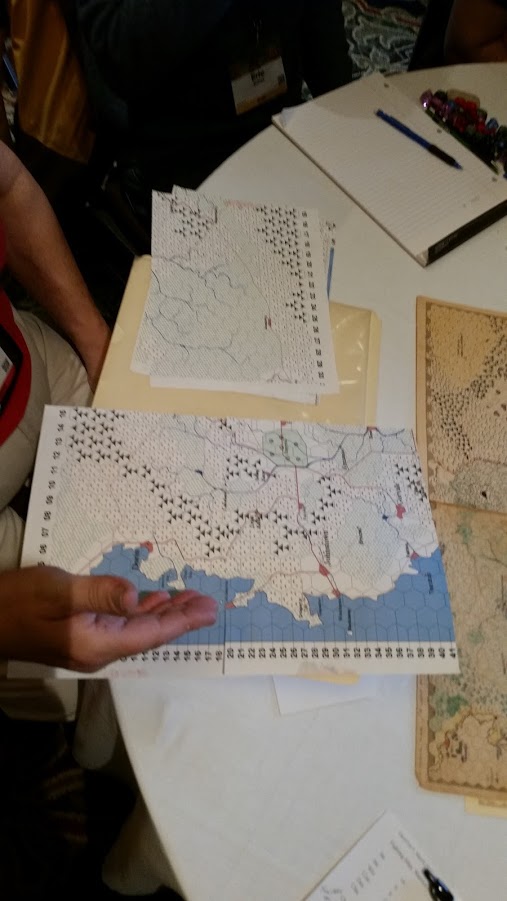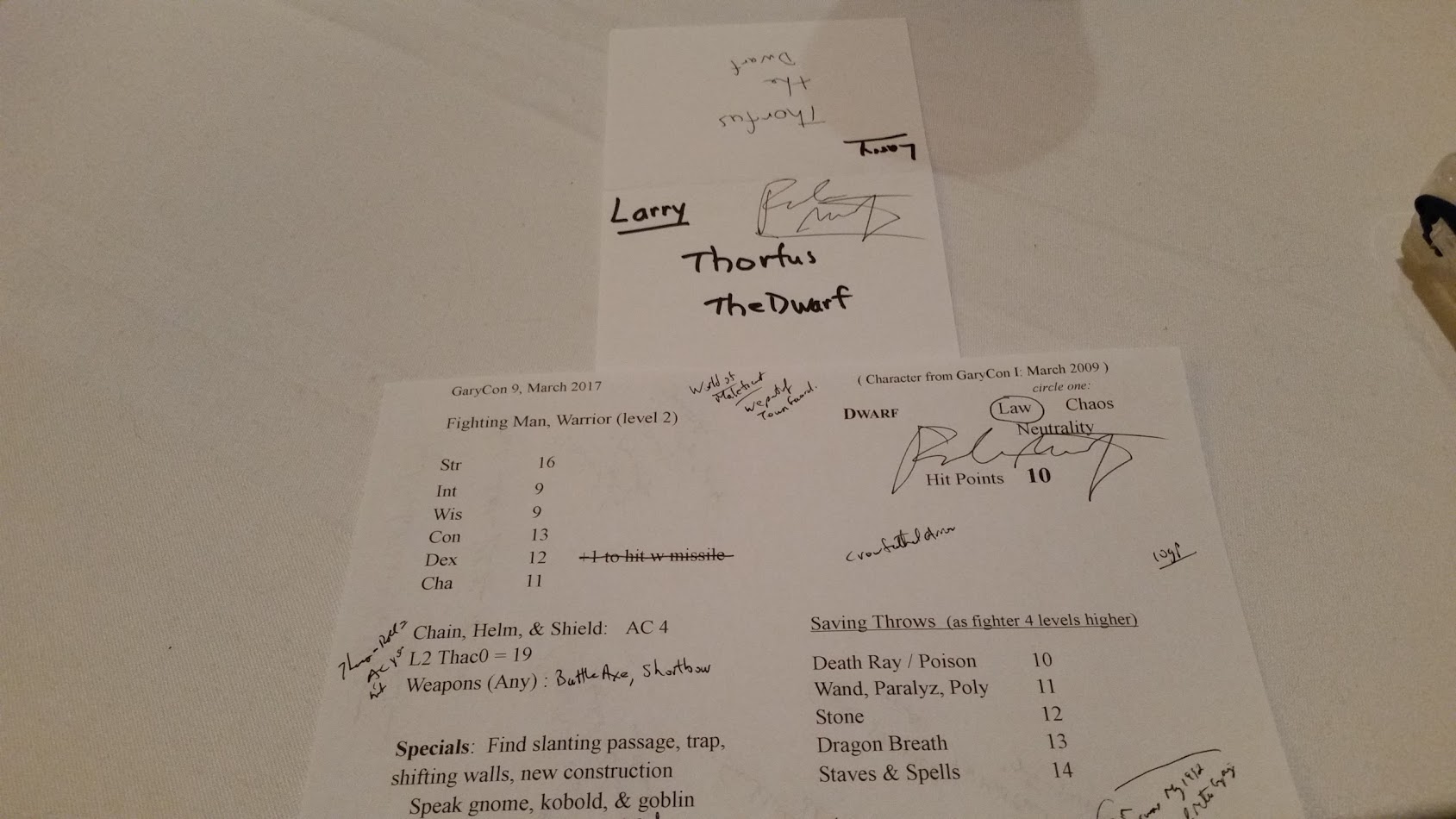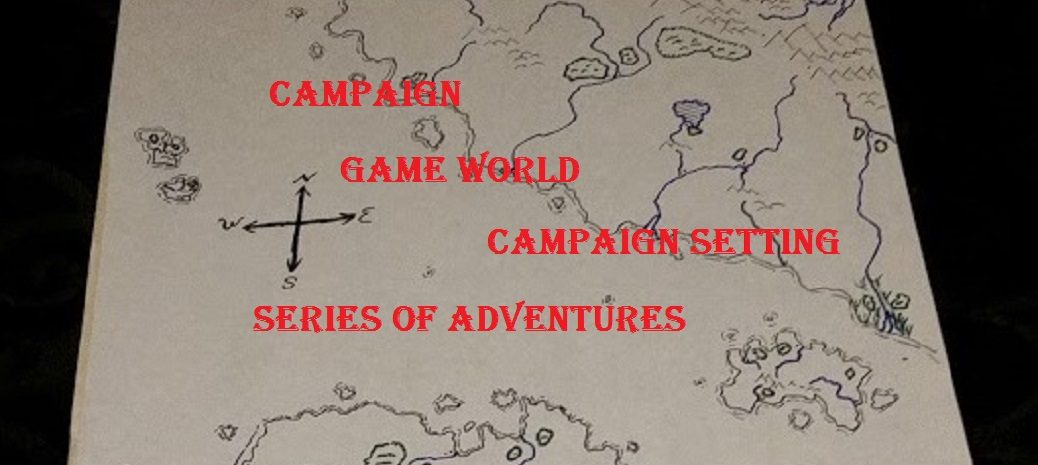I’ve mentioned bits and pieces of how I run AD&D in various blog article and quick blurbs on various social media, but I don'[t think I’ve ever done a complete explanation.
AD&D (and by that I mean 1st edition), is what I’ve played and ran the most. AD&D is a collection of “modules” that one can use or not use. My preferences for how I run it are largely influenced by how we played it back in the day. One example is weapon speed. We tried it a few times and gave up on it.
In some ways AD&D is a better as a source of an example system for something, like random gems and jewelry. I like a simpler set of rules, like Delving Deeper. The Dungeon Master’s Guide is a great tool for any GM for any game.
AD&D is also a great example of how NOT to organize an RPG rule book. Like rules should be near each other, like height, weight, and age tables. I recall similar things being near each other in the DMG, but that is only my mental catalog, some things have 40 or 50 pages between them. Then there is something like multiple attacks by fighters like 3/2 attacks per round, which is mentioned in a couple places in the Players Handbook and a couple more in the Dungeon Master’s Guide.
I used to have a fully functioning catalog and ability to find stuff in the various manuals, but over the years, some things have faded. Things that I recall as near each other, are nowhere near each other. I am slowly getting the pieces needed organized.
Books Used:
For the DM, whatever I want. But generally the Dungeon Masters Guide, Monster Manual, Monster Manual II, and Fiend Folio. I use all kinds of things for planning settlements, lairs, tombs, and dungeons.
For the Players, the Players Handbook and spells from Unearthed Arcana as they discover them.
[All of the above links are Affiliate Links.]
Character Creation
4d6 arrange as desired. I have a rule I call, “But I want it….” that allows players to have the minimums they need to run the sub-classes.
But I Want It – Players wishing to play a class who do not roll the stats for it, can set the minimum stats for those ability scores that are pertinent, but all other stats will be rolled on a d4+8 making their range 9-12.
Starting gold is 3d6 x10.
Hit points are maximum at first level, including the bonus or penalty from Constitution.
Death at -10 Hit Points. Binding wounds stabilizes, but does not bring consciousness. If knocked to negative hit points, you have experience trauma and are out for 1 hour per negative. Magical healing can minimize this.
Birth Date: Calendar is 12 months of 28 days, so d12 for month and 3d10-2 for 1st-28th day of the month.
Alignment: Good and evil are as one does. I have evil characters who are saving the world as long as they continue to get rich off it. Are they truly evil?
Alignment Languages: NONE. We NEVER used them that I can recall back in the day.
Detect Evil – Only beings of great power and consciously and consistently devoted to evil will register. I don’t necessarily play kobolds, goblins, and orcs as evil, just against the status quo of the “civilized” groups. I take this from the DMG. Good or Evil are based on one’s actions. Call yourself evil but if you save children from a burning building, you’re not necessarily evil.
Classes: Players Handbook, bard class document. Any race can play any class. I also allow non-standard multi-class options, like a half-elf cleric/ranger.
Experience Points for casting spells. Spell casters get 100 XP per level of spell they cast that benefits the adventure. The spell has to work, so interrupted spells are just waster, no benefit. I took this from my brother Robert, my first and favorite DM.
Reading Spells – We never required Read Magic to read spells. That’s how I still do it, as do most I have played with. Nor do we require Write to inscribe a spell into a spell book.
Spell Components – We alternated or were not consistent with spell components. sometimes back in the day we were super strict about spell components. Other times we only required components for the big power spells that needed rare or valuable components. In my campaign, I don’t worry about spell components.
Spell Range and Area of Effect – Range is in feet indoors and yards outdoors. Area of Effect is ALWAYS as stated, feet are always feet. It’s easy to confuse this and an enormous AoE gets used, when it really isn’t that big.
Gaining levels. If the party acquires enough loot to level up, they must be in a safe place, such as getting back to town, or a fortified location that allows them to rest up. On the journey across the sands of The Broken Lands, I have ruled that the lairs they cleared out are secure.
Don’t Roll a 1 – When a task is relatively trivial, but there is urgency, danger, etc. I tell players, “Don’t roll a 1.” on a d20. This ratchets up the tension and focuses everyone to watch and see if the 5% chance of failing a simple task under stress thwarts their plans. I use this mostly at convention games, and use it in all games I run, not just AD&D.
Deities – Not really a rule, but they way I’m handling deities in my campaign. Instead of pantheons and all the different bits, the main focus is the general phrase powers of light and powers of darkness. There are individual deities, but few stick to just one. This has a bonus for the home brewing GM. You don’t have to make up a pantheon to fit your world, or file off the serial numbers from another pantheon to make it fit.
The powers of light support life and natural death. The powers of darkness deceive and promise eternal life, that ends up being undeath. This is the good/evil conflict in my campaign.
GM Rulings
As situations come up in the course of play, I make GM rulings and add them to a GM rulings document in Roll20 for the players to see, and to remind me.
Shooting Into Combat – Normally, there is a chance to hit allies. After a fight with an Ettin, I decided to make a formal change, so it is clear. It makes sense to me that when the party is fighting a giant sized creature and no one in the party is Enlarged/Polymorphed/Etc. to also be giant sized, and there is sufficient illumination/vision to see both targets, that there is no chance for friendly fire. I made one formal check and no one was hit. I silently decided not to make further checks to avoid bogging down the combat with discussion. If you do missile fire into the dark or vs. an invisible opponent, even if a giant, there is a chance to hit an ally.
Spell Casting While Invisible – Enlarge does not constitute an attack when cast on an ally. Thus an invisible caster stays invisible. My current party loves to enlarge their tank so he hits harder.
Adding spells from Unearthed Arcana – I added some spells as part of the normal spells, like ceremony, phantom armor, and alter self.
Brazier for summoning Fire Elementals – As per MM p. 37 Elementals can only be summoned once per day per device. A device capable of summoning more than one type, can summon one of each type each day.
3/2 Attacks per Round – Like so many other simple things in AD&D, all the rules for this are scattered. I made a GM ruling that gathers all the information together and how it works.
This rule is all over the place and buried in the Gygaxian prose. It ONLY applies when fighting non 0 Level types. Any classed PC or NPC or monsters of 1 or more Hit Dice. For 0 level types fighter classes get 1 attack per level up to 6 available opponents, if surrounded.
3/2 means every other round of melee you get 2 attacks, once at beginning of the round, and once at end. The first attack goes first, in spite of the initiative.
This is made clear on page 63 of the DMG (see quote below in yellow) that the 3/2 means every odd numbered round of melee they get 2 attacks. (Every odd numbered round of melee for that individual is how I interpret this. If the first round of combat is only melee for SOME combatants, and those with 3/2 don’t engage in melee until round 2, then it is their 1st round of melee. One attack at beginning of round, and one at end.)
Those with 2 attacks per round get one at beginning and one at end of each round of melee.
Haste adds one to this number, 3/2 would be 3 attacks one round and 2 the next. 2 attacks per round becomes 3. Slow removes the 2nd attack in melee.
Casting Verbal Component Spells underwater – Water Breathing or Airy Water or similar required to cast spells while underwater.
Water Breathing in air – Air breathing creatures in air with this spell can breathe normally and don’t need to stay underwater until the spell expires.
Rules From Other Games
I like the Advantage/Disadvantage mechanic from D&D 5e. This would make sense in a situation where a player or party says they avoid the medusa’s gaze. If the medusa tries to gaze into their eyes rolling the save vs. petrification with advantage makes sense.
I also like the Usage Die from Black Hack [Affiliate Link]. This makes a lot of sense for a magic item with charges. The DM assigns a usage die and that way there is the mystery of no one knowing how many charges it has, and the benefit of the DM not having to keep track.
Fudge/Fate dice are interesting and can add a special element to a challenge or other scenario. The plus, minus, blank options could be used to gauge the degree of something. For example, with a reaction check, you could “flavor” the role with a fudge die. + means the best possible interpretation, – the worst interpretation, and blank a meh interpretation.
I have yet to incorporate these into my campaign, it is there in the back of my mind, in case there is a situation where it makes sense to use it.
Conclusion
I feel like I’m leaving something out. If I think of it, I will update the above. Part of my method is habit and preference born of habit. The rest is either from my experience as a GM or playing with various GMs.

